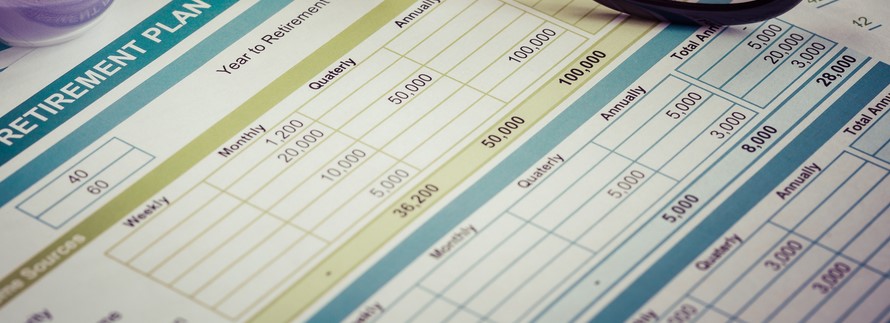Regardless of which term you use – reduction in force or downsizing or reorganization – layoffs are a fact of life for large organizations, and the Federal Government is no different. If you’re close to retirement, a reorganization may offer you the chance to retire early, and we’ve written about general considerations in approaching early retirement in this post. However, the analysis is a bit more complicated for Federal Government employees given the array and complexity of benefits potentially available to you.
For most Federal Government employees, the three key benefits when it comes to early retirement are:
- The FERS Basic Annuity
- The FERS Supplement
- The Federal Employee Healthcare Benefit
Eligibility for the FERS Basic Annuity is usually required for the other two benefits. If you don’t meet the requirements to draw the FERS Basic Annuity immediately, you won’t typically be eligible for the additional retirement benefits either. The minimum age to qualify for the immediate annuity varies, but even if you are eligible, in some instances, the benefit is reduced if you begin drawing before age 62. The early out option changes those rules.
Early out retirement is offered under the Voluntary Early Retirement Authority. The authority helps agencies restructure by increasing the number of employees eligible for retirement. If you are offered early retirement, you can retire at age 50 with at least 20 years of creditable service or at any age with 25 years of service. Further, your FERS pension won’t be reduced if you are eligible for and accept an early-out retirement. So, the standard FERS formula would apply in calculating your pension. For most, that formula would be:
High-3 Salary x Years of Creditable Service x 1%
Note that if you’re retiring under the special provision, your pension multiplier will be higher than 1%.
Beyond the FERS basic benefit, two other key benefits are the FERS Supplement and Federal Employee Healthcare Benefits. The FERS supplement is designed to provide a Social Security-like benefit until you can begin drawing Social Security at age 62. If you retire under an early out offer, you can start drawing the annuity supplement at your minimum retirement age, which is between ages 55 and 57, depending upon your year of birth. However, note that the supplement can be reduced if you earn income, and we detail that limitation and other relevant details on the supplement here.
The final key benefit if you’re planning on retiring early is Federal Employee Healthcare Benefits. Given the cost of healthcare, having comprehensive, affordable coverage can be the difference between retiring early and having to continue working. To be able to carry benefits into retirement, you must have been covered under FEHB for the last five years or if less than five years, since you were eligible for the benefit. Waivers to this requirement can be granted, and you can find specifics on requirements for a waiver here. Assuming you are eligible for FEHB, coverage is identical to coverage as an employee, but you won’t be paying your premiums on a pre-tax basis.
The chance to retire early can be exciting, and as a Federal Government employee, you are likely better positioned to retire early than most. Still, before you accept the early out offer, make sure you understand your benefits and have a financial plan in place that provides a financial roadmap for the years to come.
Planning for Early Retirement?
Download my FREE guide that will help you understand how FERS, the FERS Supplement FEHB and the TSP may allow you to retire early.



